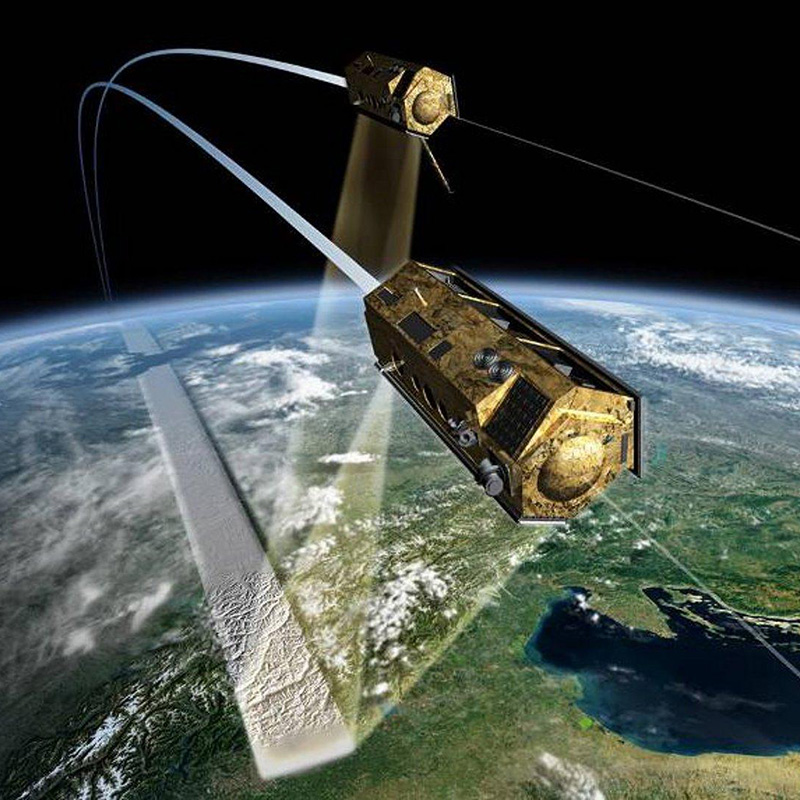30 satellites, that’s the plan: as part of the European satellite system Galileo, these will orbit the Earth at an altitude of about 24,000 kilometers and provide us with precise position measurement data. Originally, Galileo was scheduled to go into full operation in 2008. But due to technical and financial difficulties, the system launch was postponed numerous times.
Europe’s alternative to GPS
Experts say that the advantage of Galileo is that it is the only civilian satellite navigation system under democratic control. Other systems like GPS and GLONASS, on the other hand, were originally developed in the Cold War and are still military owned today. The European satellite navigation authority GSA also advertises that Galileo is more precise than its competitors: its position measurements are said to be accurate to within twenty centimeters.
There are now 26 of the planned 30 satellites in orbit. The first services – positioning and timing – were launched in December 2016. However, these signals are not available all the time. This means that Galileo still has to be used in combination with other positioning services. The last four satellites were put into orbit in 2021 and Galileo is now fully operational.
(Image: GraphicCompressor – AdobeStock)






